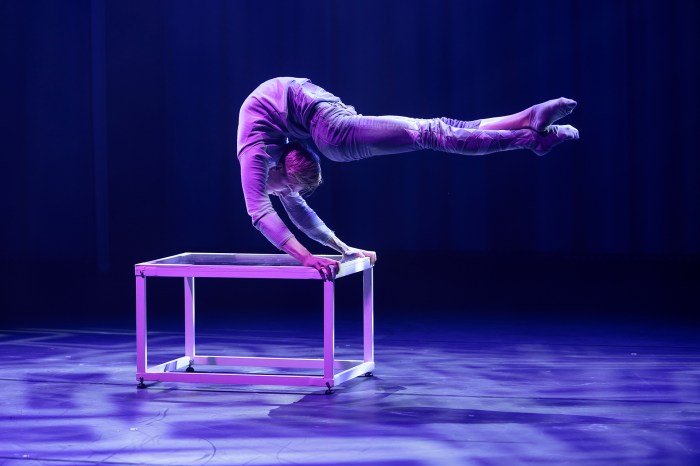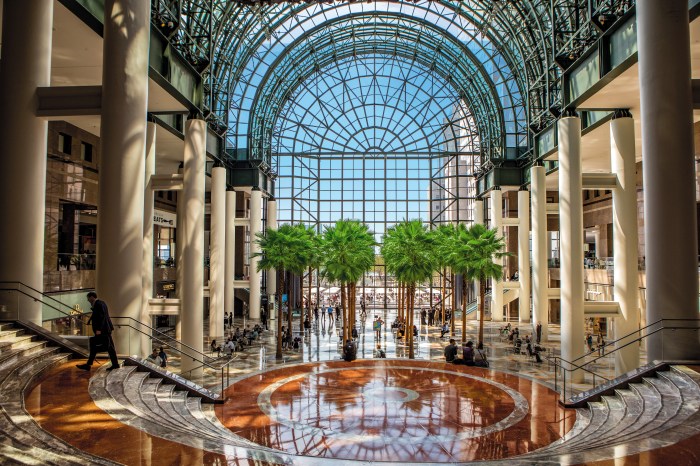In what would be a “last-quarter, three-point shot” for the Obama administration, elected officials are rushing to secure federal support to expand the Second Avenue subway before President-elect Donald Trump takes office.
The new subway line’s first phase is anticipated to open by Dec. 31, with subway stations at 72nd, 86th and 96th streets. A planned Phase II will add three new stations further uptown — to 125th Street in East Harlem — at the tune of $6 billion.
About a third of that cost, $2 billion, will need to come from the federal government, according to Rep. Carolyn Maloney (D-N.Y.).
She led a press conference on Second Avenue Thursday with Congressman-elect Adriano Espaillat and Assemblyman Robert Rodriguez (D-East Harlem) calling for the Federal Transit Administration to swiftly include the expansion in the New Starts Project Development Program.
“Before you can get that funding you have to be part of the New Starts program,” said Maloney, explaining that she wanted to both avoid the uncertainties of the Trump administration as well as any delays to constructing the next phase.
She penned a letter on Thursday, cosigned by Rep. Charles Rangel (D-NY), to the FTA.
“We’re determined to get that into the approval process before Obama leaves office,” she said.
Espaillat wants the second phase to bring much-needed transit equity in his district. He put the request in terms of Obama’s favorite sport.
“We know he’s a great basketball player; we need a last-quarter, three-point shot to ensure that we get the Second Avenue subway fully, fully completed,” he said. “I will be a fighter for East Harlem, for Harlem, to ensure that people no longer have to walk 15-20 minutes to the subway.”
Despite the push, the officials said they were ultimately hopeful that Trump’s background would translate into support for urban infrastructure projects. They stressed the economic importance of the Second Avenue subway and its role in relieving congestion along the nearby Lexington Avenue line, where 1.3 million daily riders stuff themselves into the rolling sardine tins that are the 4, 5 and 6 trains.
But Nick Sifuentes, deputy director at Riders Alliance, said it’s critically important to secure federal dollars before Trump’s inauguration.
“The federal funding question is a really important one in closing days of this administration,” he said, “given that we have very little idea of what federal funding is going to be available for transit infrastructure in 2017 and beyond.”
The MTA’s capital program through 2019 has allocated just north of a billion dollars to continue the line north.
Sifuentes said the officials, as well as Gov. Andrew Cuomo, need to continue publically pressing the construction process to ensure that Phase II is delivered, well, in a more timely and cost-efficient fashion than the first three stations—which have taken almost a century.
“But in all seriousness, one good thing is that a lot of tunnel work has already be done in Phase II,” he said, adding that, “The benefit of the region outweighs the cost of these sorts of projects. It creates economic benefits for decades and, in the case of our system, well over a century and that’s borderline incalculable.”

































